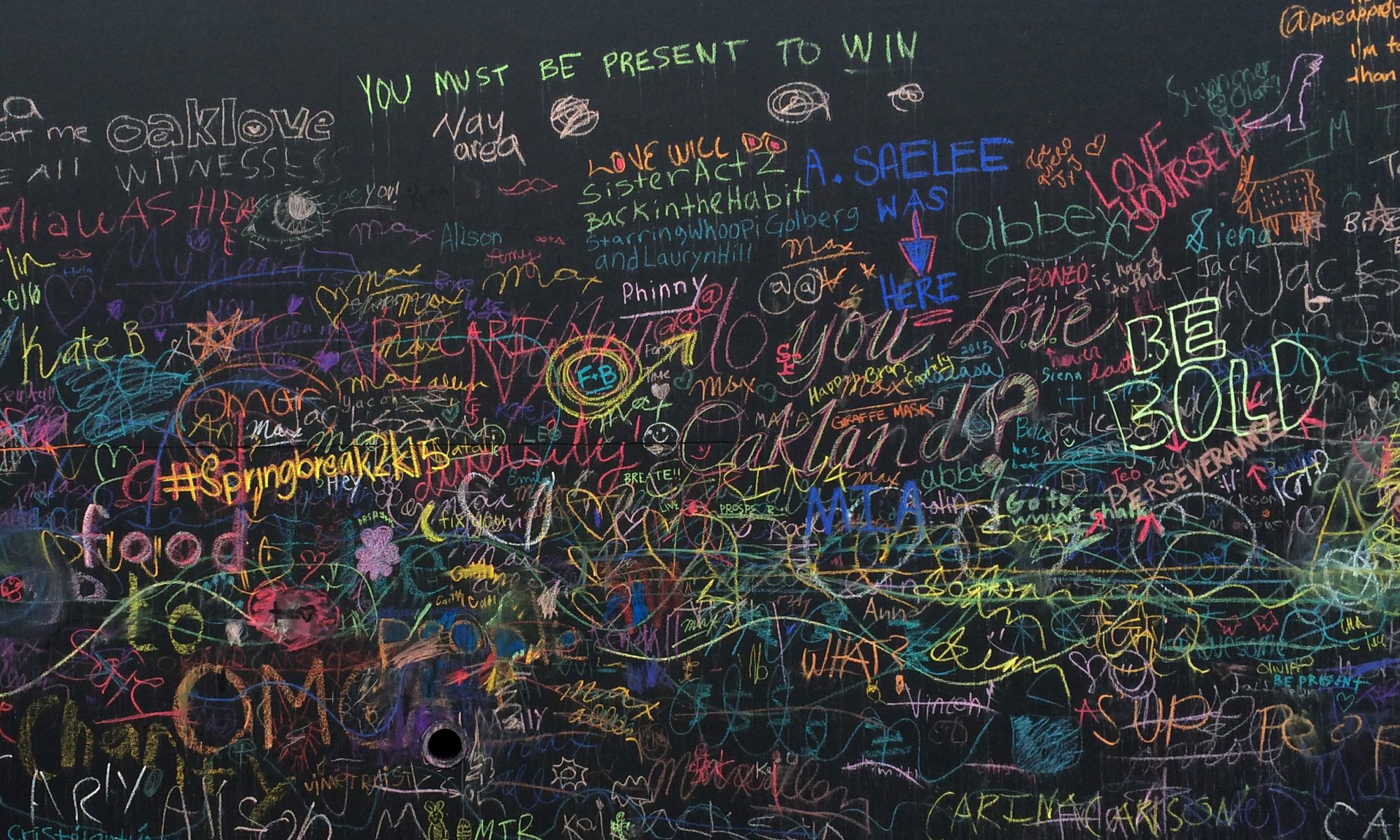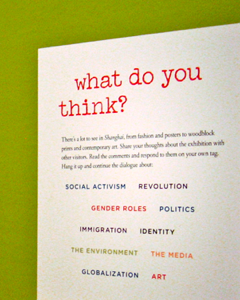As I started to talk about last time, the city of Montréal set the tone for a relaxed, happy trip. It’s a vibe! The murals, the street scenes, the food, the people, everything. I loved it. My rusty French didn’t get me too far but I did okay!
My rental flat was in the Plateau-Mont-Royal neighborhood, a block from the Laurier Metro station, and I couldn’t have chosen a better location. The street was quiet, yet close to all the restaurants on Avenue du Mont-Royal. During the day I hopped on transit to see the sites, then returned each evening and walked to dinner. Exactly how I like to travel.
This highly walkable neighborhood is full of charm, with darling “plexes” and their historic metal staircases. I can’t help but wonder how in the world those are navigable during the icy months! But apparently they are a point of pride, and they contribute to the strong architectural character of the area. I would love to live here, except for that pesky winter problem.
Naturally I hit the downtown highlights including the Basilique Notre-Dame, which was as stunning as advertised. A happy surprise on my first afternoon downtown was spotting La Grande Roue, the ferris wheel at the old port. That wasn’t on my to-do list, but it is a tiny car that goes up high so of course I detoured over there! I was given my own private car with air conditioning going full blast, and it absolutely delighted my inner child — as well as my inner old person who was exhausted and needed a cool spot to rest a spell. Another day I stopped by the Barbie Expo, which was also a gift to my inner child.

Stained glass window in the Basilique Notre Dame depicting three prominent women from the early days of the settlement at Montreal: Jeanne LeBer, only daughter of a prominent family, became a religious recluse and donated much of her inheritance to religious orders; St. Marguerite Bourgeoys, teacher, founder of the Congregation of Notre Dame of Montreal and Canada's first female saint; and St. Kateri Tekakwitha, the "Lily of the Mohawks", North America's first Native woman saint.
No trip to Montréal would be complete without a visit to the namesake Parc du Mont Royal. After an afternoon spent gawking at murals followed by a satisfying brisket sandwich and cherry cola at Schwartz’s, I headed up the hill for a sunset vista. Lovely!
It was only a few days and due to health reasons I couldn’t pack it too full. But that might be better — I actually love a leisurely trip where I can sleep in, take my time, and take things as they come. I thoroughly enjoyed my time in both cities and am so glad I finally made it to this beautiful province.

















































































































 This week I spent the day in the city with my parents, including a visit to the
This week I spent the day in the city with my parents, including a visit to the 